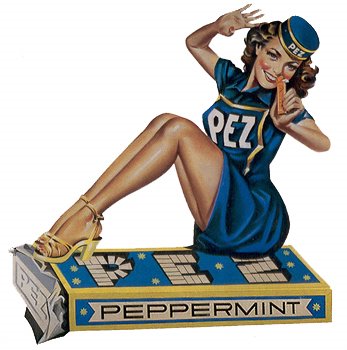Fads in 1920
In the 1920’s people eagerly took up the latest fads and crazes. For many people the fads were ways to help forget the horrific memories of the war. This was when many people tried to make world records.
A fad is something that is embraced very enthusiastically for a short time, especially by people. Fads played an important role in marketing and selling merchandise.
In the 1920’s most fads that came into Canada were influenced by the United States.
One of the first fads in the 1920’s was Mahjong. It was an ancient Chinese game that included a combination of dominoes and dice. It caught on rapidly all across North America, however by 1927, Mahjong was old.
Flagpole sitting was the most outrageous endurance craze of the 1920’s.
This is to stay at the top of a flagpole for days and sometimes weeks.
Alvin “Shipwreck” Kelly, a Hollywood stuntman ignited this fad in 1924 when he spent 13 hours, and 13 minutes on a flagpole to attract crowds to Hollywood theater.
Unlike most of the fads in the 1920’s flagpole sitting lasted long, but it eventually faded during the Great Depression.
Pogo sticks became a craze after it evolved from wood to metal in the 1920. Pogo stick contests began, attempts at world records for most consecutive jumps, and even marriage ceremonies were performed on pogo sticks.
The yoyo also became known. Kids and adults began competed, and began “walking the dog,” “rocking the baby,” or spinning their yoyos “around the world.”
Miniature golf, also called “Tom Thumb golf” and pygmy golf,” became a national rage.
Peter Pan Peanut Butter was introduced and the peanut butter and jelly sandwich was a popular food.
Swing dancing was a popular dance everyone was doing in the 20’s.
Bright red lipstick for women.
Dance marathons were something everyone went to on the weekend, dancers competed for thousands of dollars.
In 1927 the mint candy PEZ was developed by Eduard Haas, an Austrian executive.
Cloche Hat (from the French word for “bell”) became a necessity for daytime wear. The small hat fit snuggly over short hair and almost reached the eyebrows. It was usually decorated with a pin in the front or a ribbon.
Flappers smoked, danced, drank, and voted. They changed the conservative image of womanhood that succeeded at the time. They wore short hair, less clothing so they could move freely, used make-up, and created the concept of dating. 1929 the frivolity (silly behaviour or activities) and recklessness of flappers came to an end.
The Conk hairdo originated in the 1920's and was popularized by Cab Calloway. Started by the African American males trying to straighten their hair, the conk was the end result.
Crossword puzzles were also a craze in the 20’s.








